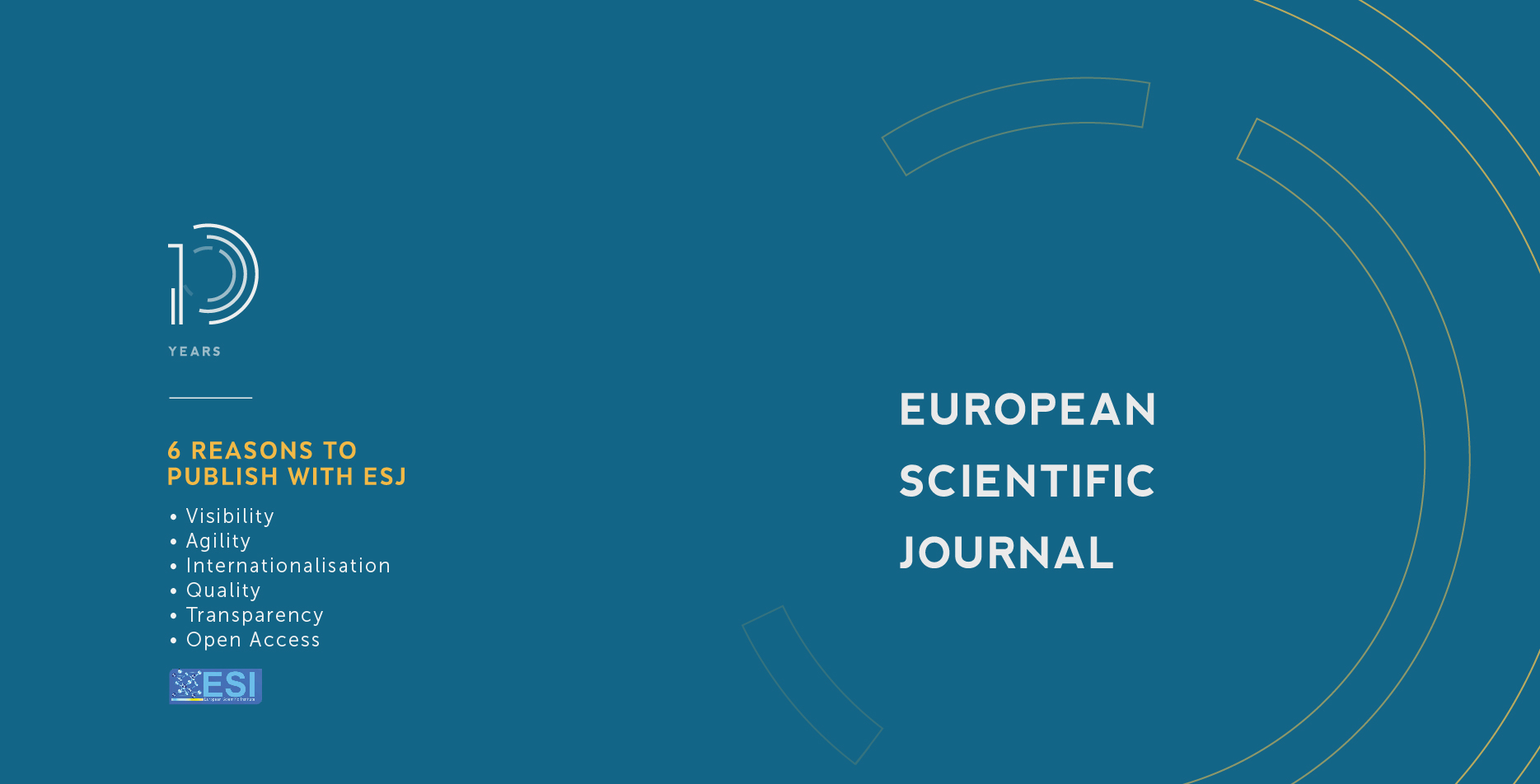Agronomic Potential of Two Legumes in the Sandy Soils Fertility Restoration Process in the South-West of Côte d'Ivoire
Abstract
A study on the agronomic potential of two legumes, Acacia mangium and peanut, was conducted in the town of Grand-Lahou in the South-West of Côte d'Ivoire. This paper focuses on assessing the capacity of the two legumes to provide organic matter to the poor soil in a bid to restore it for yam cultivation. The apparatus in complete randomized blocks comprising 4 treatments was installed from 2017 to 2019 on a sandy soil with 5% slope. This include the peanut treatment intake T1 (20,000 feet/ha), Acacia mangium intake T2 (834 feet/ha), peanut + Acacia mangium intake T3, and the apparatus without fertilizer intake T0. The soil responsiveness, the biomass characterization, and the nodules enumeration are the different agronomic parameters collected periodically in the test. The low pH obtained under pure peanut (pH = 4.44) and under pure Acacia mangium (pH = 4.09) indicated that the soils under the two treatments are strongly acidic (pH <5, 5). The plot consisting entirely of peanut produced a significant leaf biomass estimated at 94,656 leaves compared to that produced by peanut associated with Acacia mangium (66,960 leaves) in six months. The weight of the litter under T2 (between 0.85 t/ha.year-1 and 1.13 t/ha.year-1) was on average higher than the weight of the litter of the T3 treatment (between 0.7 t/ha.year-1 and 0.49 t/ha.year-1) during the two sampling periods (6 months and 12 months). The chemical characterization of the Acacia mangium litter is rich in calcium (73%) and is progressively less concentrated in magnesium (14%), potassium (10%), and sodium (2%). The long monitoring of Acacia mangium biomass production could reveal significant levels of total bases for the soils in order to improve their physical and chemical fertility.
Downloads
Metrics
PlumX Statistics
Copyright (c) 2020 Germaine A. Tanoh, Jean Baptiste D. Ettien, Félix B.O. Bouadou

This work is licensed under a Creative Commons Attribution-NonCommercial-NoDerivatives 4.0 International License.








